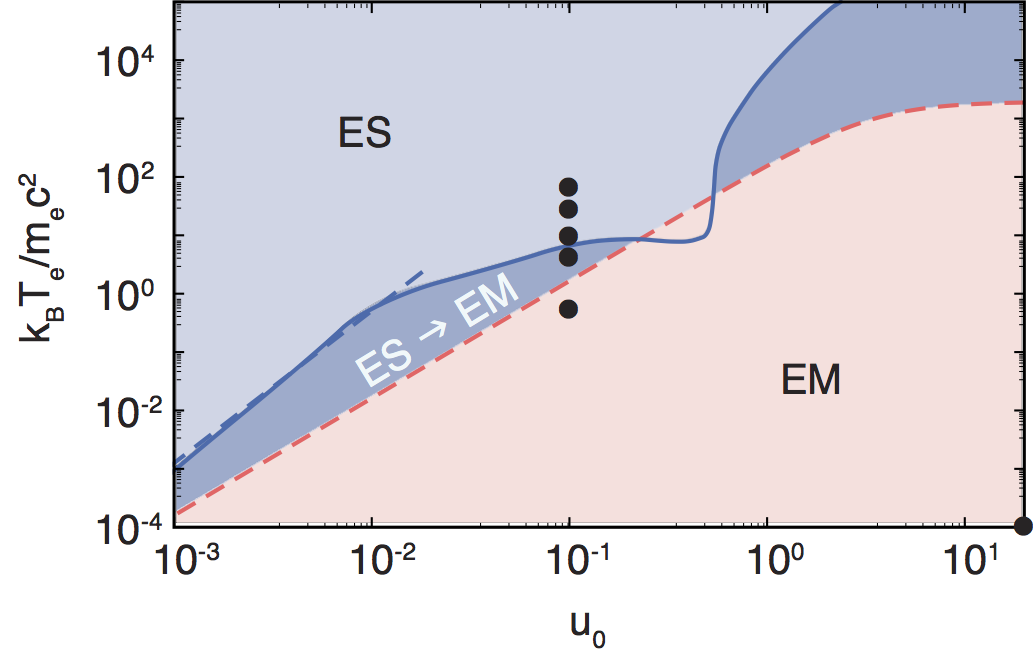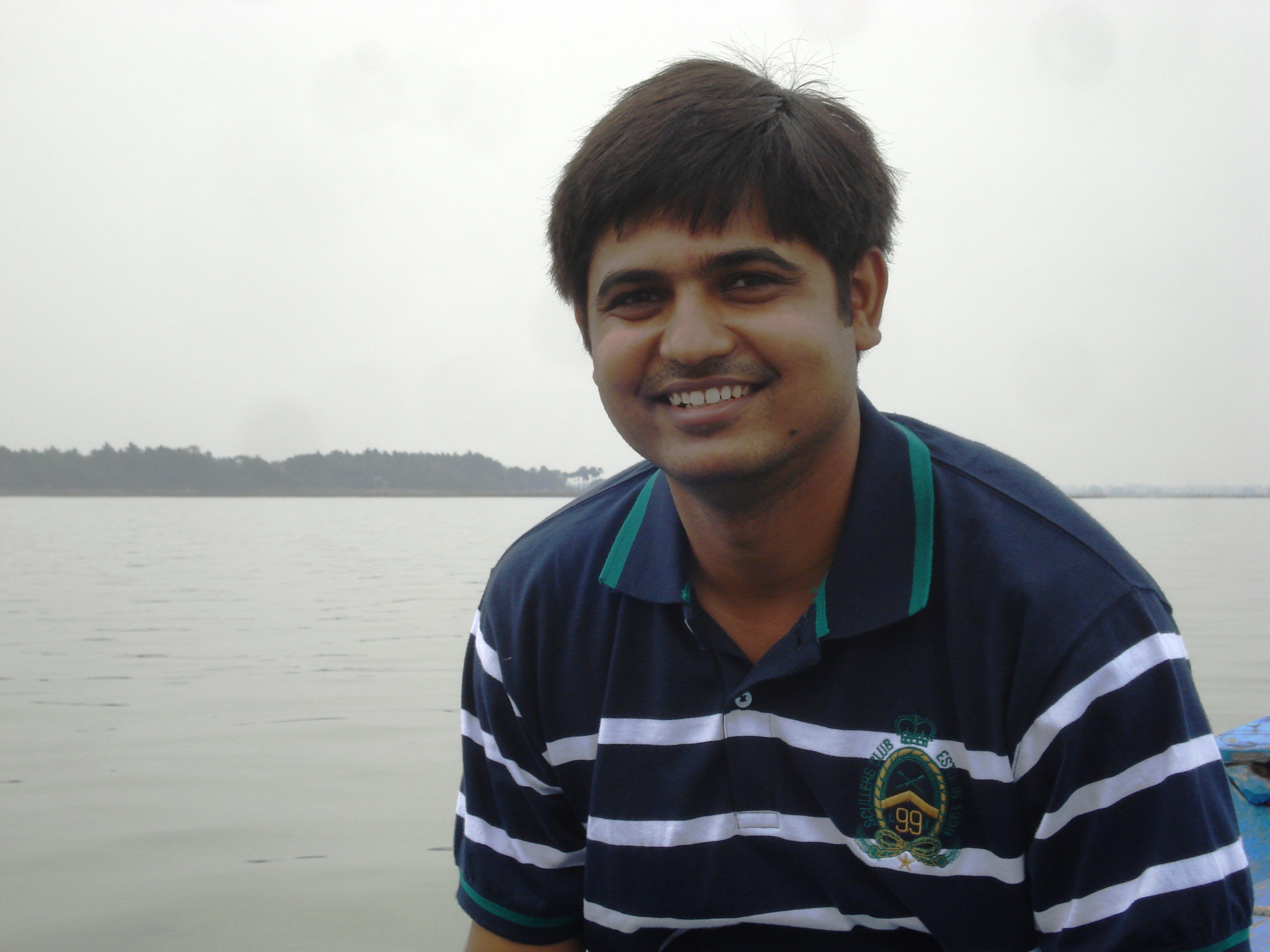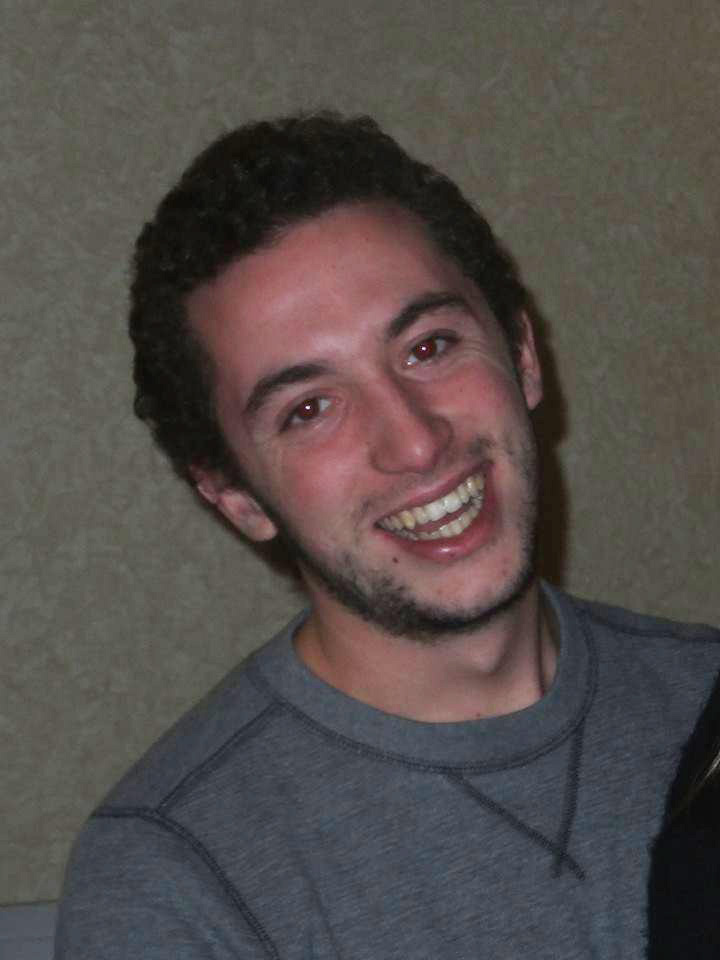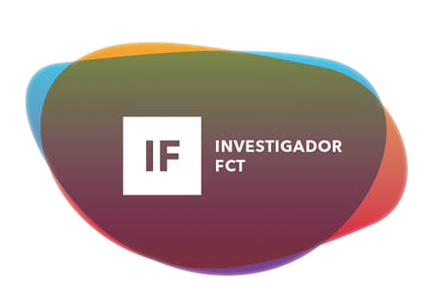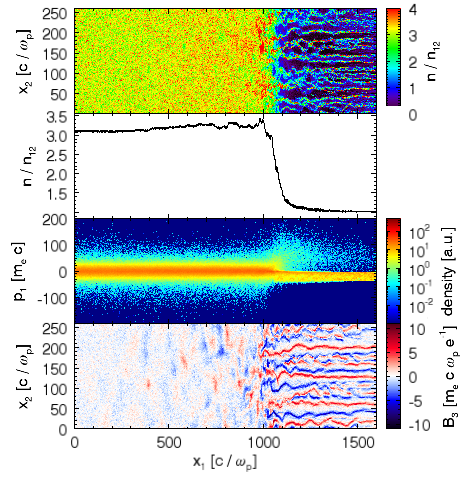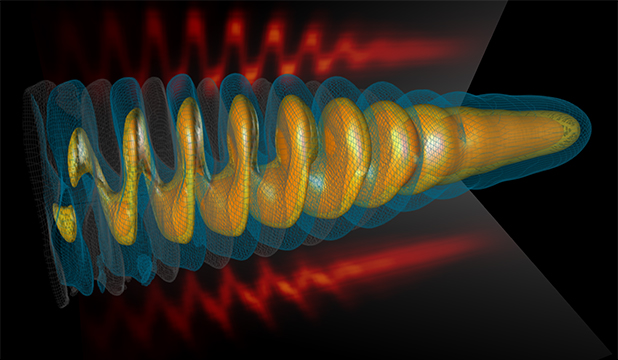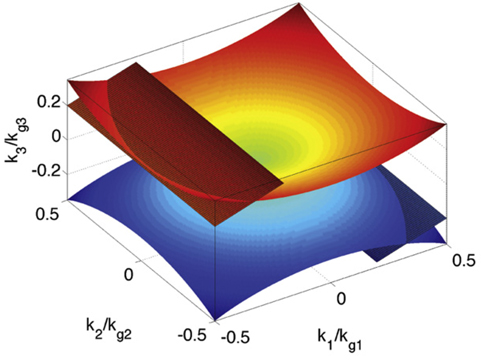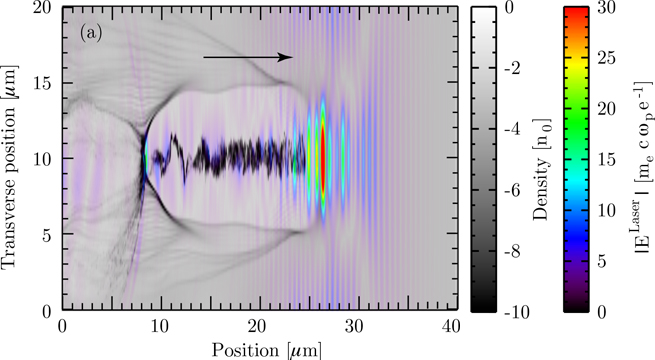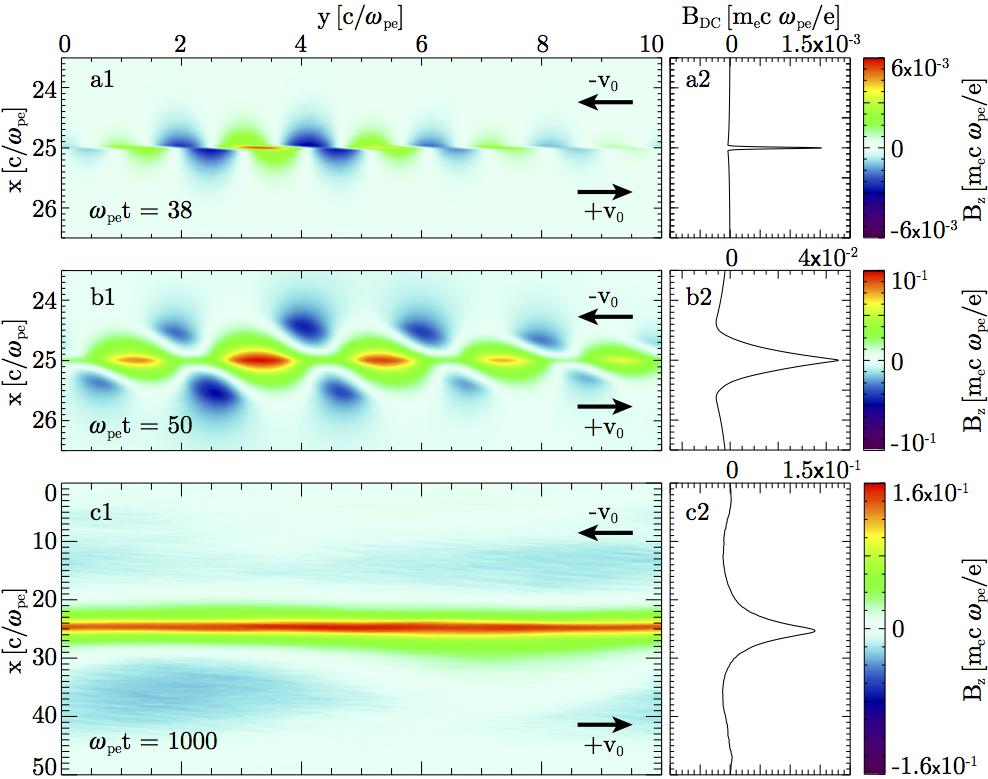-
Paper published in Sci. Rep. explores the nature of collisionless shocks in laboratory conditions
Read morePaper “Exploring the nature of collisionless shocks under laboratory conditions” by Anne Stockem et al. was published in Scientific Reports. It addresses the transition between electrostatic and electromagnetic shocks and identifies the relevant regimes for an efficient acceleration of ions and a realisation in the laboratory. More information can be read here.
February 6, 2014 -
Ujjwal Sinha joins EPP as a Post-Doctoral fellow
Read moreThe Extreme Plasma Physics team has now a new member, Ujjwal Sinha, who is joining as a Post-Doctoral fellow.
Ujjwal completed is PhD last year from the Institute for Plasma Research, Gandhinagar, India. He worked on “Radiation Pressure Acceleration of Ions by Ultra Intense Laser Pulses in Bulk Targets” under the supervision of Professor Predhiman K. Kaw.
January 29, 2014 -
Pedro Carneiro joins EPP team
Read moreStarting in November 2013, Pedro Carneiro joined the EPP team for an internship. Pedro is a MSc student at IST (MEFT) and he will focus his research on understanding how intense lasers modify the vacuum properties and how can this be numerically explored.
January 23, 2014 -
Thomas Grismayer obtains a Starting Grant from FCT
Read moreThomas Grismayer has been awarded a prestigious FCT Investigator contract in this year’s extremely competitive contest for these new positions.
Thomas obtained a Starting Grant for his proposal title “Pair dominated plasmas in ultra intense fields: from the laboratory to astrophysics.” The central scientific questions and the research focus of this project will be to determine the conditions for the creation of pair plasmas in the laboratory under the action of ultra intense fields (magnetic field and/or laser pulses) and to investigate the self-consistent collective dynamics of such plasmas with their radiation, both in laboratory and astrophysical conditions such as pulsars and magnetars.
The central scientific questions and the research focus of this project will be to determine the conditions for the creation of pair plasmas in the laboratory under the action of ultra intense fields and the determination of the role of the self-consistent collective dynamics of such plasmas, both…
January 21, 2014 -
Paper published in PPCF addresses the key quantities that determine the properties of electron-positron shocks
Read moreThe paper “The impact of kinetic effects on the properties of relativistic electron-positron shocks” by Anne Stockem et al. (2012) was published in Plasma Physics and Controlled Fusion, vol. 54, p. 125004. We show that the transition from a cold upstream to a hot downstream determines the steady state solution of the shock, with deviations of 10% from the standard MHD model. This allows for a quantitative definition of the shock transition region. More information and the full text of the paper can be found here.
January 15, 2014 -
EPP researchers awarded 45 Million CPU hours in one of the fastest super-computers in the world
Read moreThe Partership for Advanced Computing in Europe (PRACE) awarded 45 Million core-hours to a EPP researchers team lead by J. Vieira to explore ultra-relativistic beam plasma interactions from miniatured plasma based accelerators to extreme astrophysical conditions. This proposal then aims at exploiting our simulation infrastructure to advance knowledge of next-generation plasma based accelerators driven by ultra-relativistic lepton and hadron bunches. This award is critical to address key open challenges of proton driven plasma wakefield acceleration experiments at CERN and for the design of lepton self-modulation experiments at SLAC. Another key aim of this award is to explore new plasma physics phenomena relevant for astrophysics and to investigate novel configurations allowing to mimic extreme astrophysical conditions in the laboratory.
January 15, 2014 -
Paper published in CPC explores the onset and suppression of the numerical instability arising from relativisitc plasma drifs in electromagnetic particle-in-cell simulations
Read moreOn the issue 11, pp 2503-2514 of Computer Physics Communications, X. Xu et al published their research on numerical instabiliy due to relativistic plasma drift in EM-PIC simulations. In this paper, we show that a numerical instability arises from the intersection of beam resonances and electromagnetic modes in the drifting plasma. Spectral filters were applied in order to suppress this instability, which is critical to model extreme astrophysical scenarios such as the onset of relativistic shocks and plasma based accelerators in boosted frames. More information and the full text of the paper can be found .
January 15, 2014 -
Paper published in PoP addresses the effects of intense laser pulse focal spot quality on the features of plasma based accelerated electron beams
Read moreOn the issue 20, 064501 of Physics of Plasmas, G. Genoud et al published their work on measurements of the effect of focal spot quality on self-guided laser wakefield accelerators. In this paper, we show that by controlling the focal spot quality with a deformable mirror, it is possible to increase the fraction of pulse energy contained within the central part of the focal spot, enhancing the amount of energy transfered to the plasma wakefield and to the accelerated electrons. More information and the full text of the paper can be found here.
January 15, 2014 -
Letter published in PRL demonstrates the generation of DC magnetic field in initial unmagnetized shear flows
Read more“dc-Magnetic-Field Generation in Unmagnetized Shear Flows” by Thomas Grismayer et al. was published in Physical Review Letters. It describes the mechanism, intrisic to shear gradients on the electron scale, of the generation of dc magnetic fields. The dc magnetic fields in unmagnetized electron-ion shear flows is shown to be associated to either initial thermal effects or the onset of electron-scale shear instabilities, in particular the cold Kelvin-Helmholtz instability. More information can be founded here.
Fig. 1 – Bz component of the magnetic-field structure generated by the cold KHI for v0=0.2c during (a) the linear regime, (b) near saturation, and (c) at wpe*t =1000. The insets on the right hand side represent the longitudinal average of the magnetic field, revealing the dc component.
December 15, 2013 -
Paper published in PRE addresses the conditions for formation of electrostatic shocks and ion-reflection in relativistic conditions
Read moreThe paper “Relativistic generalization of formation and ion-reflection conditions in electrostatic shocks” by Anne Stockem et al. (2013) was published in Physical Review E, vol. 87, p. 043116. In this paper, we generalize the model for electrostatic shock formation for relativistic electron temperatures and discuss the effects of a non-zero ion temperature on the reflection condition. We find that, due to the relativistic effects, the ions are reflected with lower energies. More information and the full text of the paper can be found here.
December 15, 2013
extreme plasma physics > News

